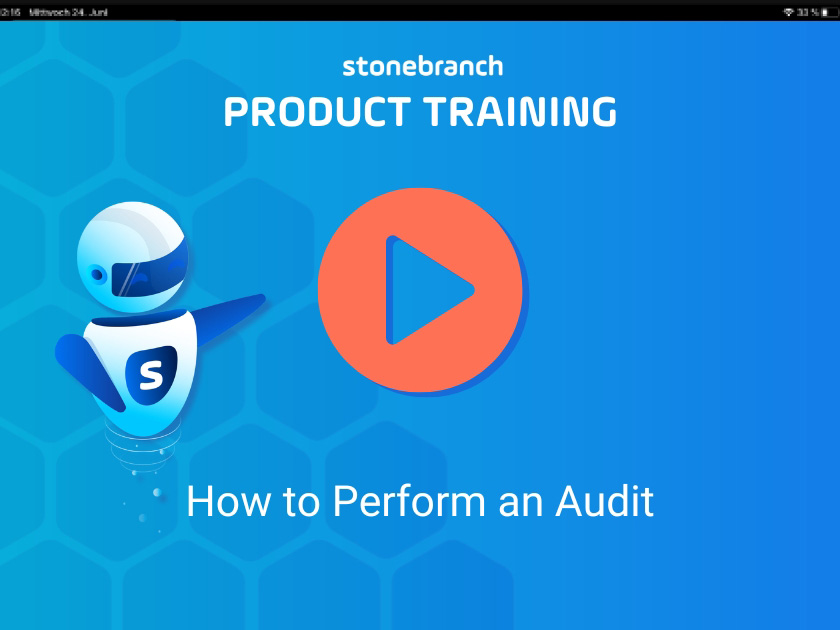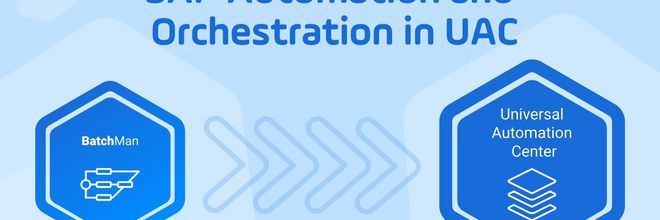How to Perform an Audit
A brief product training video on how to perform an audit with the UAC, including step-by-step instructions.

In this product training, we explain how to perform an audit inside the Universal Automation Center. Audits are detailed records of all user interactions with the Universal Controller, including the before-and-after details of a change, as well as the differences between the two records.
It's important to note before performing an audit that records are generally purged every seven days, according to the default settings, but can be kept for shorter or longer periods of time, if the user wishes. The available records can be displayed in any number of ways by toggling various columns and settings, to customize the output to your needs. The data obtained through the auditing can also be retained by adding them to a dashboard of your choice.
Demo Length: 6 min




